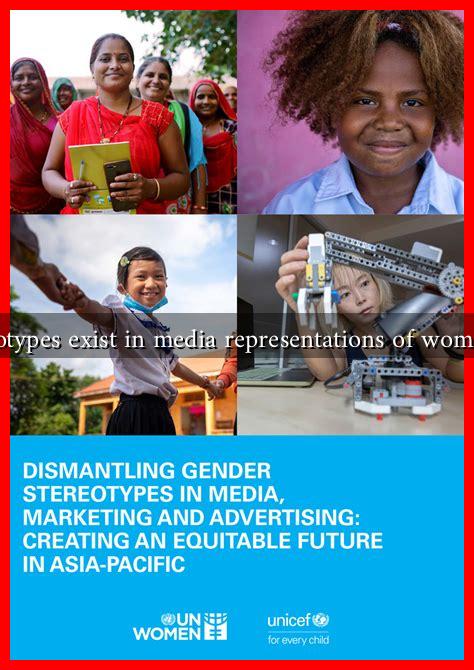-
Table of Contents
What Stereotypes Exist in Media Representations of Women in Hijabs?
The representation of women in hijabs in media has been a topic of significant discussion and analysis. Often, these portrayals are steeped in stereotypes that can perpetuate misunderstanding and bias. This article explores the various stereotypes associated with women in hijabs, the implications of these representations, and the need for more nuanced portrayals in media.
The Common Stereotypes
Women who wear hijabs are often subjected to a range of stereotypes in media. These stereotypes can be broadly categorized into the following themes:
- Oppression and Victimhood: One of the most prevalent stereotypes is that women in hijabs are oppressed and lack agency. This portrayal often suggests that they are forced to wear the hijab by patriarchal structures, ignoring the diverse reasons women choose to wear it, including personal, cultural, and religious motivations.
- Exoticism: Media often depicts hijab-wearing women as exotic or mysterious. This stereotype can reduce their identities to mere symbols of the “other,” stripping them of their individuality and complexity.
- Radicalism: In some contexts, women in hijabs are associated with extremism or terrorism. This stereotype is particularly harmful as it conflates a piece of clothing with violent ideologies, leading to increased discrimination and fear.
- Submissiveness: The portrayal of hijab-wearing women as submissive or passive is another common stereotype. This representation often overlooks the strength, resilience, and leadership qualities many women in hijabs possess.
Case Studies and Examples
Several case studies illustrate how these stereotypes manifest in popular media. For instance, in films like “American Sniper,” the portrayal of women in hijabs often aligns with the stereotype of the oppressed victim or the radicalized individual. Such representations can lead to a skewed perception of Muslim women in society.
Television shows like “Homeland” have also faced criticism for their portrayal of Muslim characters, including women in hijabs. Critics argue that these representations reinforce negative stereotypes and contribute to a culture of fear and misunderstanding.
The Impact of Stereotypes
The stereotypes surrounding women in hijabs have far-reaching consequences, both for individuals and society at large. Some of the impacts include:
- Increased Discrimination: Negative media portrayals can lead to real-world discrimination against women who wear hijabs, affecting their employment opportunities, social interactions, and mental health.
- Internalized Oppression: Constant exposure to negative stereotypes can lead some women to internalize these views, affecting their self-esteem and sense of identity.
- Polarization: Stereotypes can contribute to societal polarization, creating an “us vs. them” mentality that hinders understanding and dialogue between different cultural groups.
The Need for Nuanced Representations
To combat these stereotypes, there is a pressing need for more nuanced and diverse representations of women in hijabs in media. This can be achieved through:
- Inclusive Storytelling: Media creators should strive to include stories that reflect the diverse experiences of hijab-wearing women, showcasing their agency, strength, and individuality.
- Collaboration with Authentic Voices: Engaging with Muslim women in the creative process can lead to more accurate and respectful portrayals.
- Education and Awareness: Media literacy programs can help audiences critically engage with media representations and challenge stereotypes.
Conclusion
The stereotypes surrounding women in hijabs in media are not just harmful; they are reductive and fail to capture the rich tapestry of experiences that these women embody. By recognizing and challenging these stereotypes, we can foster a more inclusive and understanding society. It is essential for media creators to take responsibility for their portrayals and strive for authenticity, ensuring that the voices of hijab-wearing women are heard and respected. Only then can we hope to dismantle the stereotypes that have long plagued media representations and promote a more accurate understanding of diverse identities.
For further reading on this topic, consider exploring resources from organizations like Muslim Women’s Network UK, which advocate for the rights and representation of Muslim women.


